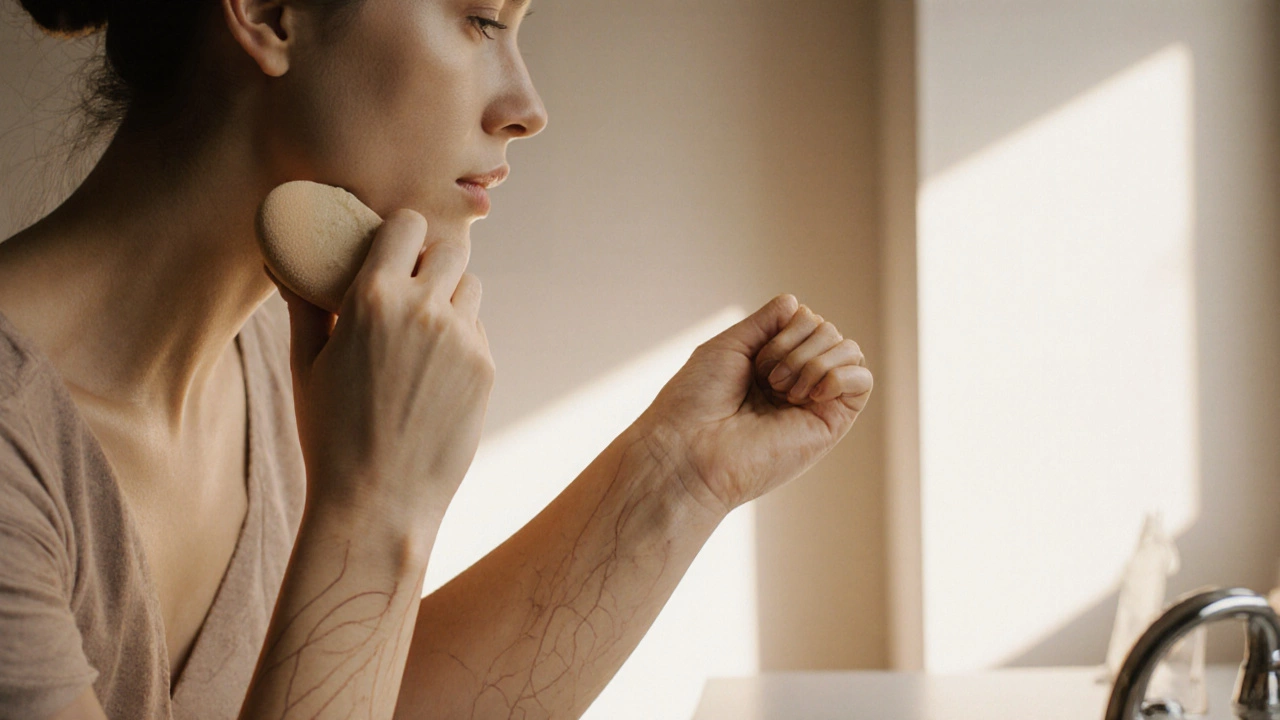DIY Makeup: Master Your Own Beauty Routine
DIY makeup gives you the freedom to create look after look without stepping into a salon. When you start exploring DIY makeup, the practice of applying cosmetics using personal tools and products at home. Also known as do‑it‑yourself makeup, it lets anyone experiment, save money, and tailor colors to their skin tone.
At its core, cosmetics, products like foundations, lipsticks, and eyeshadows designed for skin application are the building blocks of any DIY look. Makeup tools, brushes, sponges, and applicators that help blend and shape product act as the bridge between raw ingredients and finished art. Together they enable the core semantic triple: DIY makeup requires makeup tools, and cosmetics influence the final outcome. Understanding how tools interact with different formulas is the first step toward consistent results.
Why Knowing the Salon Landscape Matters
Even though you’re skipping the chair, the world of beauty salons, professional spaces offering hair, skin, and makeup services still informs your DIY choices. Salon pricing trends reveal when a professional service is worth the extra cost and when a home solution can match the look for far less. By comparing salon‑grade pigments with drugstore options, you create a smarter shopping list that balances quality and budget.
Another key factor is the rise of cruelty‑free cosmetics, beauty products made without animal testing. Many DIY enthusiasts prioritize ethical brands, and the market now offers a wide range of pigments, foundations, and lip colors that meet those standards. Choosing cruelty‑free options doesn’t just align with personal values; it often means accessing cleaner ingredient lists that perform better for sensitive skin.
For those chasing the ultimate glam, luxury makeup, high‑end brands known for premium pigments, innovative textures, and exclusive packaging provides inspiration. While the price point is higher, studying luxury formulas can teach you about shade layering, finish control, and long‑lasting wear—all tricks you can replicate with more affordable tools.
Putting it all together, DIY makeup encompasses product knowledge, tool mastery, ethical considerations, and a dash of salon‑level technique. This blend forms a feedback loop: as you experiment, you discover which tools work best with which cosmetics, which ethical brands meet your standards, and when a professional service adds real value. The result is a personalized routine that feels as polished as a salon treatment but lives in your own vanity drawer.
Below you’ll find a curated collection of articles that dive deeper into each of these areas—budget‑friendly product picks, step‑by‑step tool guides, ethical brand reviews, and comparisons with salon services. Use them as a roadmap to build confidence, save money, and unleash your creative side. Happy experimenting!

